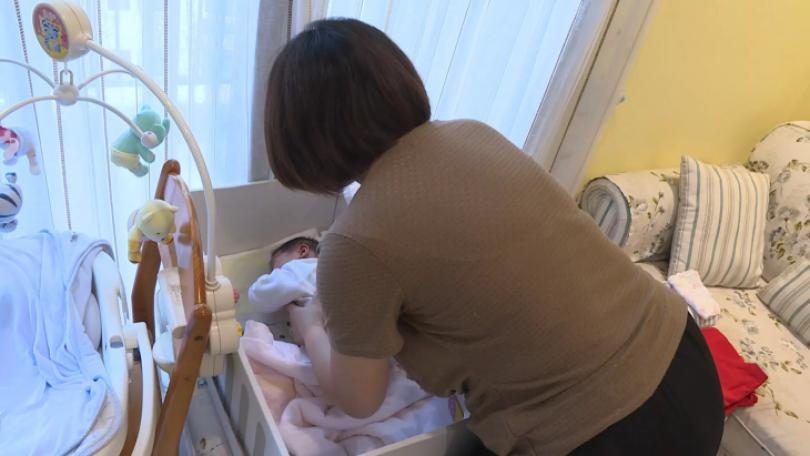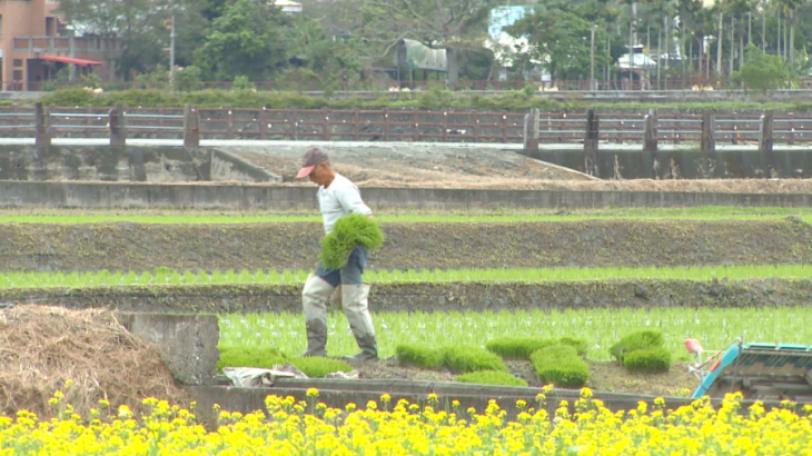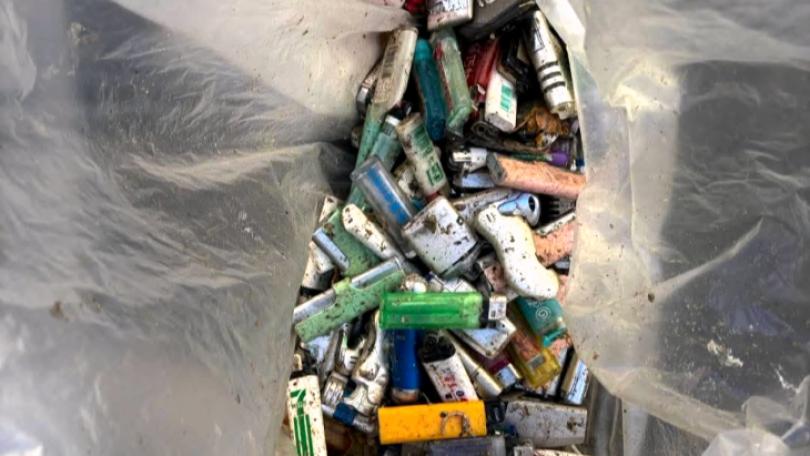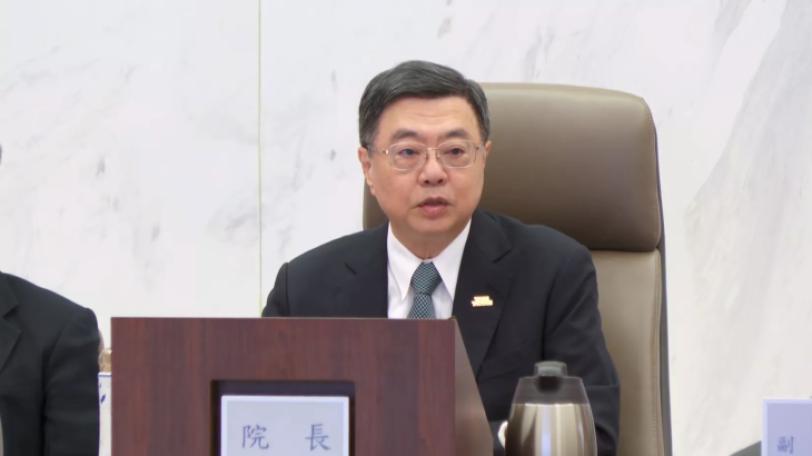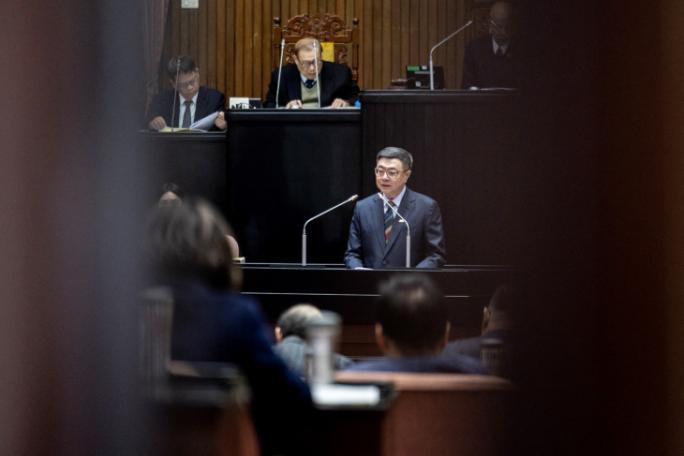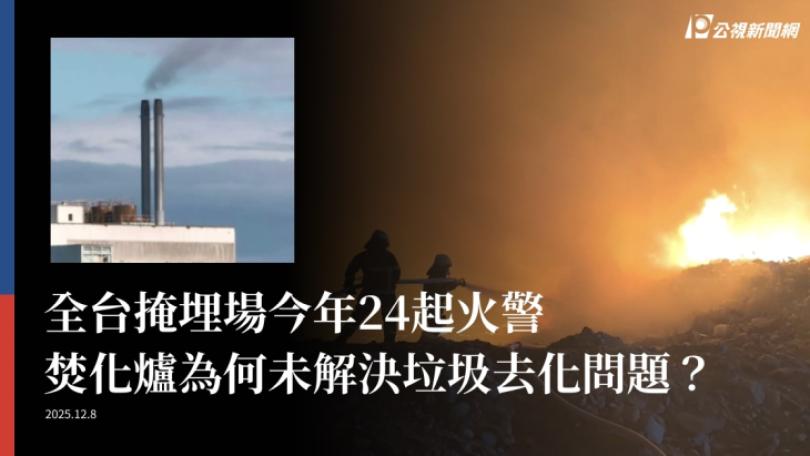New Buildings in Future Should Install Solar Panels 未來新建築物屋頂 應設置太陽光電
The Executive Yuan passed the draft revision to the Renewable Energy Development Act on the 8th. In the future, new buildings, additions, and renovations that meet certain conditions should have solar panels on the roof.
The roof of the Xinyi Xincheng Community in Taipei is filled with solar panels. In addition to solving the problem of water leakage, residents can also get rebates for selling electricity to Taipower every year.
Chen Yu-peng, Director, Xinyi Xincheng Community: “We combined solar panels with waterproofing of the roof. The annual power generation is about 150,000 watts, which we earn about NT$1 million from Taipower.”
The government announced a policy of net zero carbon emission by 2050, which has attracted much attention to renewable energy technology. Solar panels should be installed on the roof of new buildings, additions, and renovations that meet certain conditions in the future.
Tseng Wen-sheng, Deputy Minister of Economic Affairs: “If we install the equipment at the beginning of the design process, then we can avoid construction changes in the future and possibly result in some synergy also. For example, more than 65 percent of a roof can be insulated. So relatively speaking, there is a lot of potential for the roof.”
Deputy Minister of Economic Affairs Tseng Wen-sheng said that in the future, solar power generation equipment installed on the roof will belong to the building's assets. Existing laws will regulate whether the equipment is purchased in bulk or for personal use. Some developers believe that the government should give incentives for volume purchases. Otherwise, the extra cost may be reflected in the house price.
Hu Wei-liang, Honorary Chairperson, Taiwan Old Buildings Reconstruction and Development Association: “In fact, many solar panels and equipment are discarded after one or two years. The government should give developers a small volume bonus to balance the burden of costs.”
Mr. Chiang, Citizen: “I think it's quite meaningful if the wattage is enough.”
Mr. Tseng, Citizen: “In Taiwan, residents in the entire building may not agree.”
The existing provision of "no more than 12 nautical miles of territorial waters" was deleted from the draft amendment in order to promote offshore wind power. Tseng said that after removing the range restriction, what remains is the difficulty of developing the technology needed.
沿著樓梯往上爬,台北市大安區信義新城社區屋頂裝滿太陽能光電板,除了可解決漏水問題,住戶每年還能拿到賣電給台電的回饋金。
台北市大安區信義新城主委陳有鵬指出:「把太陽能跟頂樓的防水結合起來,1年的發電量大概是15萬度上下,台電它跟我們收購,收入大概有100萬。」
政府宣示2050淨零碳排,其中再生能源技術備受矚目,行政院8日通過《再生能源發展條例》部分條文修正草案,未來新建、增建及改建符合一定條件的建築物,屋頂應設置太陽光電發電設備。
經濟部次長曾文生表示:「如果我們在一開始設計的時候,就把這一些裝置設計進去,在未來就可以避免2次施工,而且可能可以發揮一些綜效,比方說在屋頂上可以隔熱,它的占比到目前為止還超過65%,所以屋頂其實是一個,相對來講有潛力。」
經濟部次長曾文生表示,未來屋頂設置的太陽光發電設備屬於建物財產,要躉購或是自用皆可,就回歸既有法規處理。有建商認為,政府應給予部分容積獎勵誘因,否則多出來的成本恐反映在房價上。
台灣老屋改建發展協會榮譽理事長胡偉良提及:「現實上很多設置的太陽能的設備之後,大樓在1、2年之後就把它廢棄不用,政府應該給建商小小的容積獎勵,讓它能夠弭平成本的負擔。」
民眾江先生表示:「如果瓦數是夠多的話,我覺得是蠻有意義的。」
民眾曾先生認為:「在台灣可能不見得會整棟大家住戶都會同意。」
另外,為了推動離岸風電,且趨向浮動式風機技術,草案刪除「不超過領海12海里範圍」的文字,曾文生說,解除設置範圍限制後,剩下的就是技術發展的難度。

